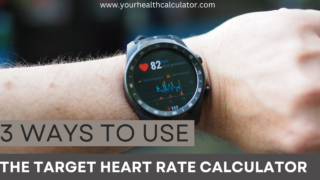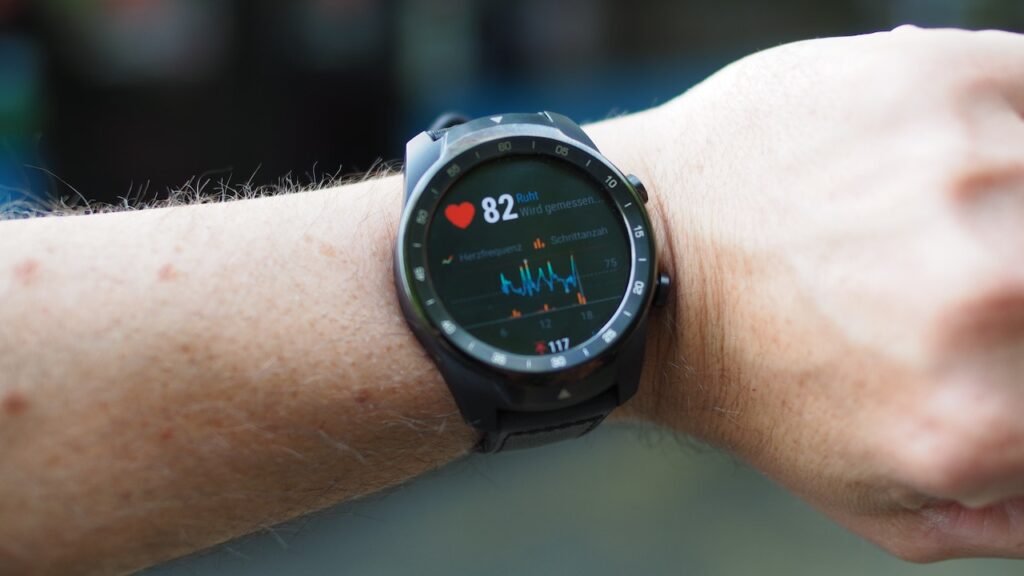3 Best Uses Of A Target Heart Rate Calculator

In this blog post we are going to outline the best ways in which you can use a target heart rate calculator. Whether that be to help you target certain training zones or to get a better understanding on why we use them. As you continue to train it is a great way to reassess this to see how you have adapted to training.
Our target heart rate calculator uses Karvonen Method. In the past we have relied on the (220 – your age) approach, however, this is too basic. Instead, Karvonen Method allows for a more in-depth understanding of what we truly need to hit for particular training modalities. An example of this would be an endurance/long-distance runner wouldn’t need to consistently need a working heart rate of 185 bpm. Understanding their target zone will optimise training.
Page Contents
1 – Identifying A Heart Rate For Your Training Zone
With different training methods come different intensities. From high intensity sprint training to a lower intensity endurance run. Hitting your target heart rate when exercising will depend on this. Firstly, an understanding on the type of training you are doing is key to understand the specific target heart rate zone you will want to hit.
Using our calculator is a great way to take the guessing game out of this. If you know you particular training zone should be about 60-70% of your maximum heart rate. You are able to use the calculator to learn what your training zone is and the target heart rate you want to hit. After this, use a heart rate monitor or a smart watch to track this as you train.
2 – Tracking Of Heart Adaptations Due To Training
Whenever we go through a period of training, whether new to it or a seasoned pro, we will see adaptations occur. A definition for adaptation can be seen below. Alongside this, it is always good to reassess during training to understand if what you are doing is working for you.
Often with resistance training you will see people test their 1RM (1 Rep Max), this will show how their strength has improved. In terms of heart adaptations to exercise we will list a few below. If you want to learn more in depth check it out here. Throughout training, consistently check your target heart rate!

Heart Adaptations To Exercise
- Decreased Resting HR
- Increased Stroke Volume
- Increased Maximal Cardiac Output
- Increased Ventricular Efficiency
Adaptation:
The process of change by which an organism or species becomes better suited to its environment.

3 – Making Sure You Are Training Specific To Your Requirements
No matter what you are training for, it needs to be specific for what you require. A marathon runner is not going to train in the same way as an olympic weightlifter. Therefore, your training needs to be specific to your goals.
The best way to truly determine the way you should be training is to use the FITT principle. This very simple principle will outline the frequency, intensity, type and time-length of training. Once you have worked through this then use the calculator to get your training zone.
To help you with this take a look at the example below.
The type of training you are looking to do is that of endurance. For this particular training type the intensity is likely to be 60-70% of your Max HR. Whilst the length of session will be longer than a normal session. For a 25 year old with a resting HR of 60 bpm their target heart rate zone is 141-155 bpm.
What Is A Target Heart Rate Zone?
A target heart rate zone is simply the zone at which is most optimal for your training type. This zone is a safe heart rate to allow you to complete your training session without putting yourself at risk or exhausting yourself. Usually a warm-up will be about 50-60% of your maximum heart rate. Whilst a sprint training session will have you working close to your maximum heart rate!
How To Find Your Target Heart Rate Zone?
To get your target heart rate calculation use our calculator, as we taking the human error out of the equation. In layman’s terms, we take your maximum heart rate and your resting heart rate, alongside the intensity you want to work at to give you your training heart rate.
Why not combine a few different calculators to take control of everything related to your health. From diet, heart rate to cost of smoking we have it all. If you want us to add another calculator to the site let us know!


